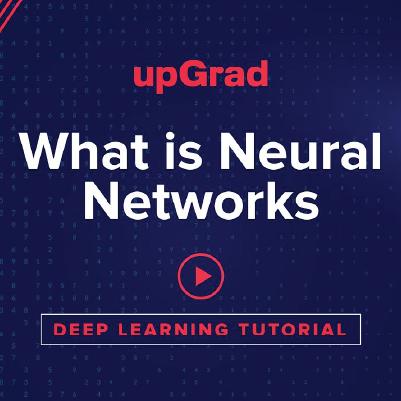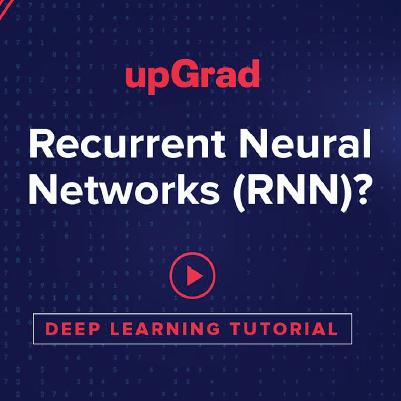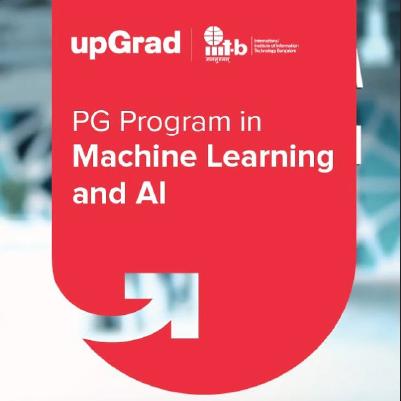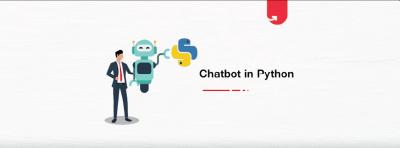Working professionals
Fresh graduates
- Study abroad
- Offline centres
More
NLP Courses Online
Natural Language Processing, is a branch of artificial intelligence that deals with interpreting and manipulating human language.
-d365049d54604e59b9241feaed93b89e%20(1)-8072fb06b4b24a5b955a79ddc42fdda6.jpeg&w=3840&q=75)
Overview of Learning Natural Language Processing (NLP) Courses with upGrad
What Will You Learn in upGrad’s Natural Language Processing (NLP) Courses?
AI & ML Course Instructors
Learn From The Best
Learn AI and Machine Learning from expert instructors in the field, and get insights from the forefront of AI & ML research.
8
Instructors
8
Industry Experts
AI & ML Projects
Learn by Doing
Engage in real-world AI/ML projects and apply your learning to practical scenarios in our AI and Machine Learning online learning classes.
17+
Projects
Career Paths After Completing an NLP Course
Placements in AI & Machine Learning Courses
Our Placement Numbers
Transform your career with our certification in Artificial Intelligence and ML, boasting strong placement records. Level up now by getting offers.
Top Recruiters










Success Stories
What Our Learners Have To Say
AI & ML Videos
You Might Like To Watch
Learner Support and Services
How Will upGrad Supports You
Receive unparalleled guidance from industry mentors, teaching assistants, and graders
Receive one-on-one feedback from our seasoned faculty on submissions and personalized feedback to improvement
Our Syllabus is designed to provide you with ample of industry relevant knowledge with examples
Why Choose upGrad for the NLP Course?
Frequently Asked Questions on NLP
1. What is the history of Natural Language Processing?
NLP has a long and rich history, dating back to the early days of computing. In 1950, Alan Turing published his famous paper "Computing Machinery and Intelligence", in which he proposed the now-famous Turing test as a way to determine whether a machine could be said to be truly intelligent. This paper is often cited as the beginning of artificial intelligence and NLP research.
2. What are some applications of Natural Language Processing?
NLP has a wide range of applications in many different fields, including:
- Machine translation
- Text summarization
- Question answering
- Text classification
- Sentiment analysis
- Opinion mining
- Named entity recognition
- Relationship extraction
- Information retrieval
- Knowledge representation
3. What is NLP in Python?
Natural Language Processing (NLP) in Python refers to using Python libraries and tools like NLTK, spaCy, and TextBlob to analyze, understand, and generate human language. It’s a key component in many NLP courses and is commonly taught in natural language processing online classes and NLP full courses.
4. What are examples of NLP in Python?
Common examples of NLP in Python include sentiment analysis, text classification, chatbots, language translation, and named entity recognition (NER). These are often covered in hands-on projects in online NLP courses or during a natural language processing certification program.
5. What will I learn in an NLP skill course?
An NLP skill course equips you with practical knowledge in processing human language data. You'll cover text preprocessing, sentiment analysis, named entity recognition, and language modeling. These NLP programs also teach tools like Python, Pandas, Sklearn, OpenAI, GPT, ideal for those wanting to learn NLP online for real-world applications.
6. Who should take up a Natural Language Processing (NLP) skill course?
Whether you're a data scientist, developer, AI enthusiast, or beginner with programming basics, natural language processing courses are designed for diverse learners. From freshers to working professionals, these NLP courses online help build job-ready skills and often lead to certification.
7. Is there any certification after completing an NLP skills course?
Yes, most online NLP courses provide a recognized natural language processing certificate. upGrad offers NLP certification programs in collaboration with top global universities, giving your resume and LinkedIn profile a solid boost.
8. Are there any additional expenses apart from the course fees for NLP skill programs?
Most NLP skill courses offered by upGrad are all-inclusive. That means your fees cover expert mentorship, projects, live sessions, and downloadable resources. If there are any optional NLP certifications from third-party providers, those costs will be clearly mentioned upfront.
9. Can the NLP course fees be paid in installments?
Yes. upGrad offers convenient EMI payment plans for its natural language processing online courses. You can pay monthly, making it easier to balance learning while managing finances.
10. What is the refund policy if I opt out of the course midway?
Refunds are available depending on when you decide to withdraw from the program. Each online course providing NLP skills has its own cancellation policy, so it’s a good idea to review the terms while enrolling.


upGrad Learner Support
Talk to our experts. We are available 7 days a week, 10 AM to 7 PM
Indian Nationals
Foreign Nationals
Disclaimer
The above statistics depend on various factors and individual results may vary. Past performance is no guarantee of future results.
The student assumes full responsibility for all expenses associated with visas, travel, & related costs. upGrad does not .










%20(1)-d5498f0f972b4c99be680c2ee3b792d7.svg)













-ae8d039bbd2a41318308f8d26b52ac8f.svg)
-35c169da468a4cc481c6a8505a74826d.webp&w=128&q=75)
-7f4b4f34e09d42bfa73b58f4a230cffa.webp&w=128&q=75)




















-39a9e7a7278a441ea08a60a1f45b4913.png&w=128&q=75)










































%20(2)-db0b6f38da9c485faf76e366793c9b9e.webp&w=3840&q=75)




